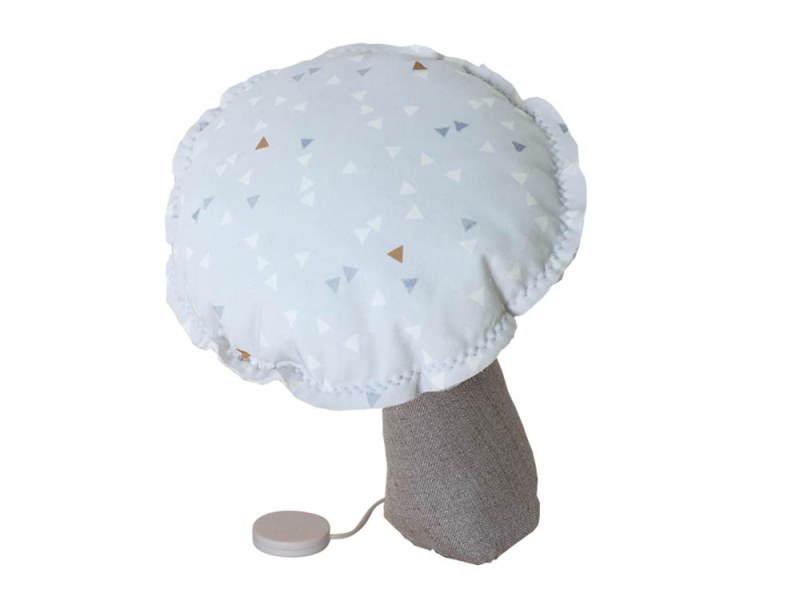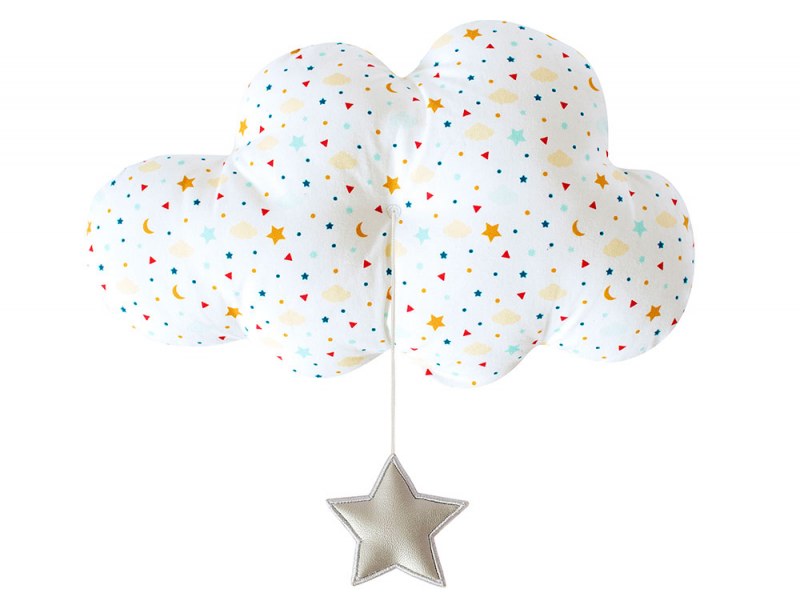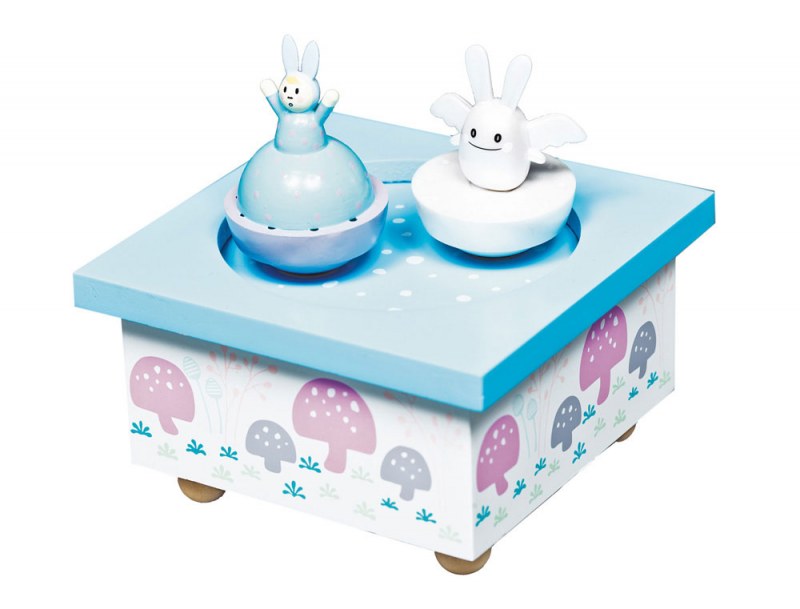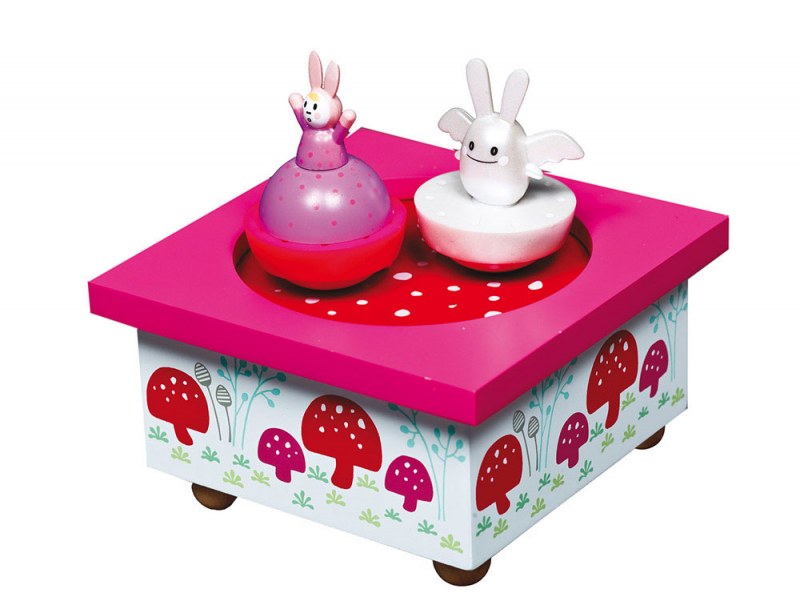Musical awakening 0-3 years: sounds, games, and rituals that help children grow
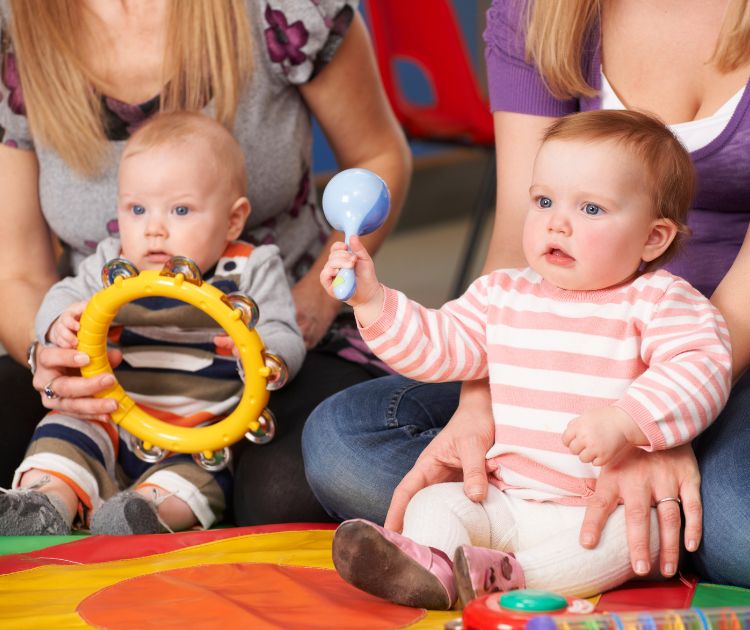
How to stimulate the child in musical awakening?
Are you wondering how to awaken your child to music from an early age? Musical awakening, much more than a simple leisure activity, stimulates cognitive and emotional development of 0-3 year olds through sound games and instrument discovery. In this article, discover activities adapted to each growth stage, tips for creating a stimulating environment at home, and the benefits of the musical play mat as a key tool for sensory learning.
The fundamentals of musical awakening
Musical awakening differs from traditional lessons in its sensory and playful approach. It's a progressive initiation to sounds and rhythms through interactive games and handling of adapted instruments. Unlike theoretical learning, this method favors free experimentation to awaken toddlers' natural curiosity.
The developmental benefits are multiple: stimulation of neural connections, improvement of motor coordination, and strengthening of language skills. Music acts as a catalyst for the developing brain, particularly promoting auditory memory and spatial perception. These acquisitions then facilitate school and social learning.
Initiation can start from the first months, as the auditory system is functional from birth. For a first overview of available options, discover this selection ofmusical awakening. Between 0 and 3 years, children have optimal brain plasticity to absorb sound stimuli. You'll notice their receptivity through signs such as stopping crying at the sound of a melody or rhythmic arm movements.
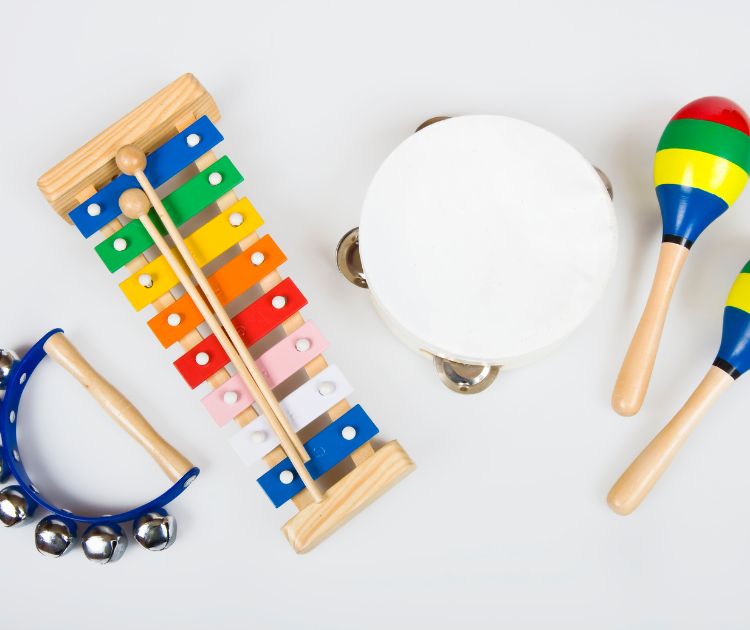
5 immediate observable benefits
✅ Improvement of auditory discrimination
✅ Development of fine motor skills
✅ Strengthening of social interactions
✅ Better emotion management
✅ Stimulation of creativity
Scientific studies confirm the lasting impact: research from the University of Amsterdam reveals that children initiated before age 3 develop 23% more cognitive abilities. Their verbal IQ and academic results also show above-average scores, according to a study conducted on 132 children.
Practical activities to stimulate writing
For 0-3 year olds
Sensory methods favor free exploration of sounds. Musical play mats with sound zones stimulate gross motor skills while developing auditory attention. Musical mobiles above the bed promote visual fixation and sound-movement association from the first weeks.
Creating a balanced sound environment involves alternating calm moments and musical games. Favor soft melodies in the morning and upbeat rhythms during active wake phases. Musical comfort toys offer a smooth transition between wakefulness and sleep.
Characteristics | Musical mats | Rattles |
Age of use | From birth | 0-12 months |
Sensory stimulation | Sight/touch/hearing | Touch/hearing |
Advantages | Secure play space | Facilitates grasping |
Signs of successful awakening include cooing in response to melodies and attempts at rhythmic imitation. To maintain this interest, regularly vary sound sources by integrating natural elements such as sound suspensions.
For 3-5 year olds
The transition to structured activities is made gradually with miniature instruments. The musical cloud, or this musical cloud allows approaching tempo concepts while maintaining a playful dimension. The first visual scores use colored symbols to guide the child.
Family workshops combine musical creation and fine motor skills. A sound hunt in the house teaches how to discriminate everyday noises while developing active listening. Interactive nursery rhymes with associated gestures reinforce procedural memory.
Safety requires particular vigilance on small parts and sharp edges. Store instruments in transparent baskets at child height to promote autonomy while limiting risks. Professionals recommend favoring natural materials like raw wood.
Montessori educators emphasize the importance of chromatic bells to improve sound perception. Their approach advises presenting instruments in sound pairs, emphasizing the contrast between low and high notes.
Pedagogical methods to discover
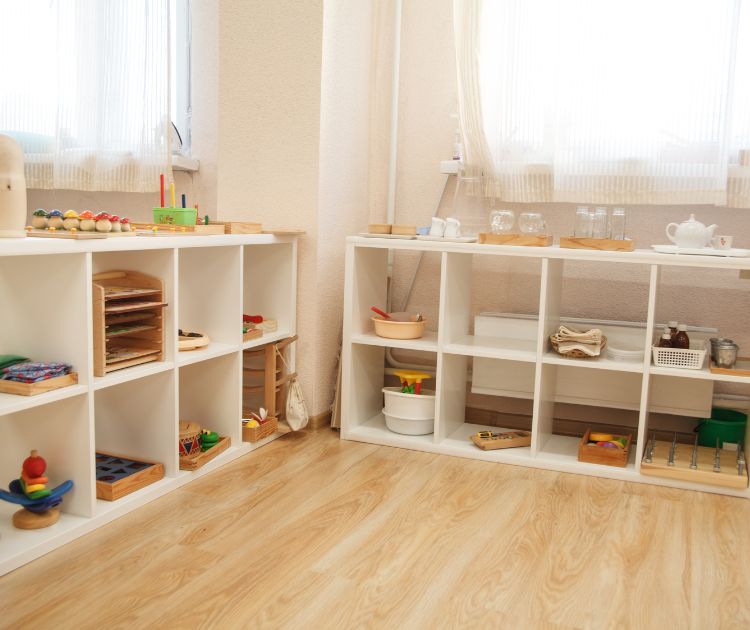
Montessori approach
The Montessori pedagogy applied to music is based on autonomy and sensory exploration. Specific materials include chromatic bells and sound boxes for discriminating auditory nuances.
This method avoids the rigid framework of traditional scores in favor of intuitive discovery.
To recreate this environment at home, set up a dedicated space in the child's room with instruments accessible at child height. Short 15-minute routines alternate active listening and free manipulation. The goal is to cultivate natural concentration through self-corrective activities.
The benefits manifest in better self-assessment capacity and increased perseverance. Children learn to regulate their attention while developing a fine musical ear. This approach effectively prepares for school learning by strengthening working memory.
Several specialized brands offer certified Montessori materials. Favor unvarnished solid wood instruments to ensure an optimal sensory experience. Online training allows parents to learn key principles without heavy investment.
Other educational currents
The Dalcroze method favors body movement to feel rhythms, ideal for energetic children. The Kodály pedagogy focuses on collective singing and musical folklore, perfect for developing relative pitch.
The choice depends on the child's temperament and family values. Auditory profiles will thrive in melodic approaches, while kinesthetic ones will prefer rhythmic activities. An assessment of daily interactions with music helps determine the best fit.
Parents testify: "After 6 months of Dalcroze workshops, our son naturally coordinates his gestures to melodies".
These experiences highlight the importance of a method adapted to each child's rhythm.
To delve deeper into the subject, reference works like "Montessori Musical Awakening" offer concrete insights. Specialized platforms also offer educational playlists classified by pedagogical method.
Choosing tools and resources
Adapted instruments
The choice of instruments is made according to the child's age and motor skills. For 0-2 year olds, favor sensory rattles, like a bell rattle, and a music box for babies with soft melodies. Between 3 and 5 years old, kits including tambourine, maracas, and xylophone promote rhythmic exploration.
Age | Type of instrument | Average budget |
0-12 months | Sound rattles | 15-30€ |
1-3 years | Interactive mats | 40-70€ |
3-5 years | Multi-instrument kits | 50-100€ |
DIY alternatives allow initiation at lower cost: bottles filled with seeds to create maracas, pots transformed into improvised drums. Be sure to use non-toxic materials and round sharp edges.
Finding quality courses
Serious structures present a clear educational project and trained early childhood instructors. Check for labels such as "ENFANC'EVEIL" or partnerships with recognized music schools.
Group classes stimulate social interactions, while individual sessions allow for personalized monitoring. For a successful first experience, plan comfortable clothing and a familiar object like a musical comfort toy to reassure the child.
Many municipalities offer support for artistic awakening. Inquire at your city hall for preferential rates or loaned equipment. Some associations also offer itinerant workshops in daycare centers and leisure centers.
Musical awakening durably stimulates children's cognitive abilities and flourishing, from the first months. By adapting activities and instruments to each age, you lay the foundations for a joyful relationship with music. Don't wait any longer to explore sounds and rhythms as a family: these shared moments will compose their most beautiful childhood memories tomorrow.




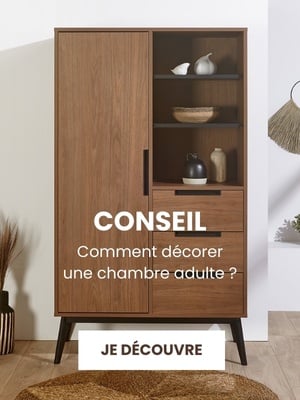



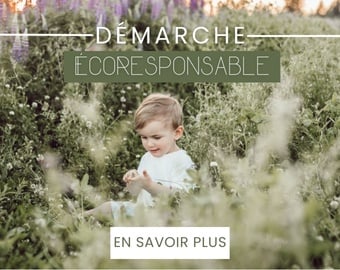


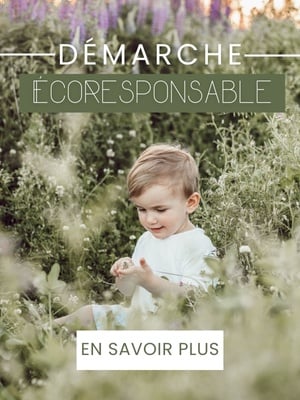

 Choosing the right baby blanket dimensions according to season and age
Choosing the right baby blanket dimensions according to season and age
 How to attach a headboard (with or without drilling): quick and effective soluti
How to attach a headboard (with or without drilling): quick and effective soluti
 Waterproof sheet or mattress protector: the best solution by age group
Waterproof sheet or mattress protector: the best solution by age group
 27 Original, Useful, and Trendy Christmas Ideas for Teens 2025
27 Original, Useful, and Trendy Christmas Ideas for Teens 2025
 Christmas Activities for Baby: Creative Ideas for Home & Daycare
Christmas Activities for Baby: Creative Ideas for Home & Daycare
